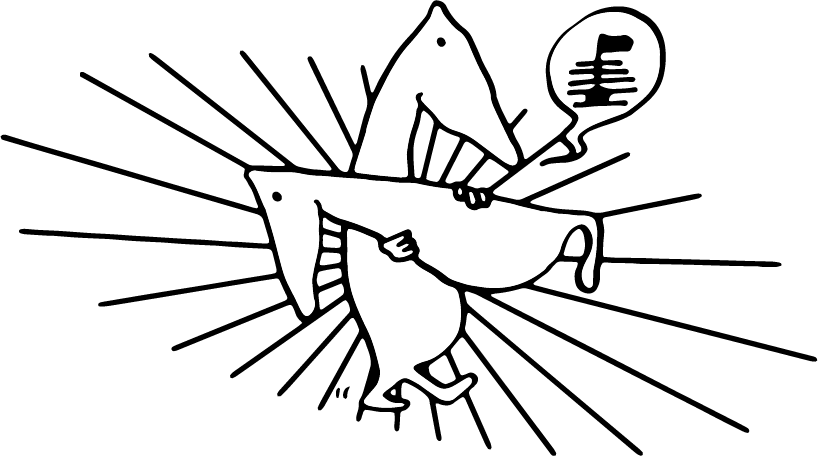Curated by Omar Berrada and Touda Bouanani, with Natasha Hoare.
with works by Ahmed Bouanani, Touda Bouanani, Naïma Saoudi, Ali Essafi.
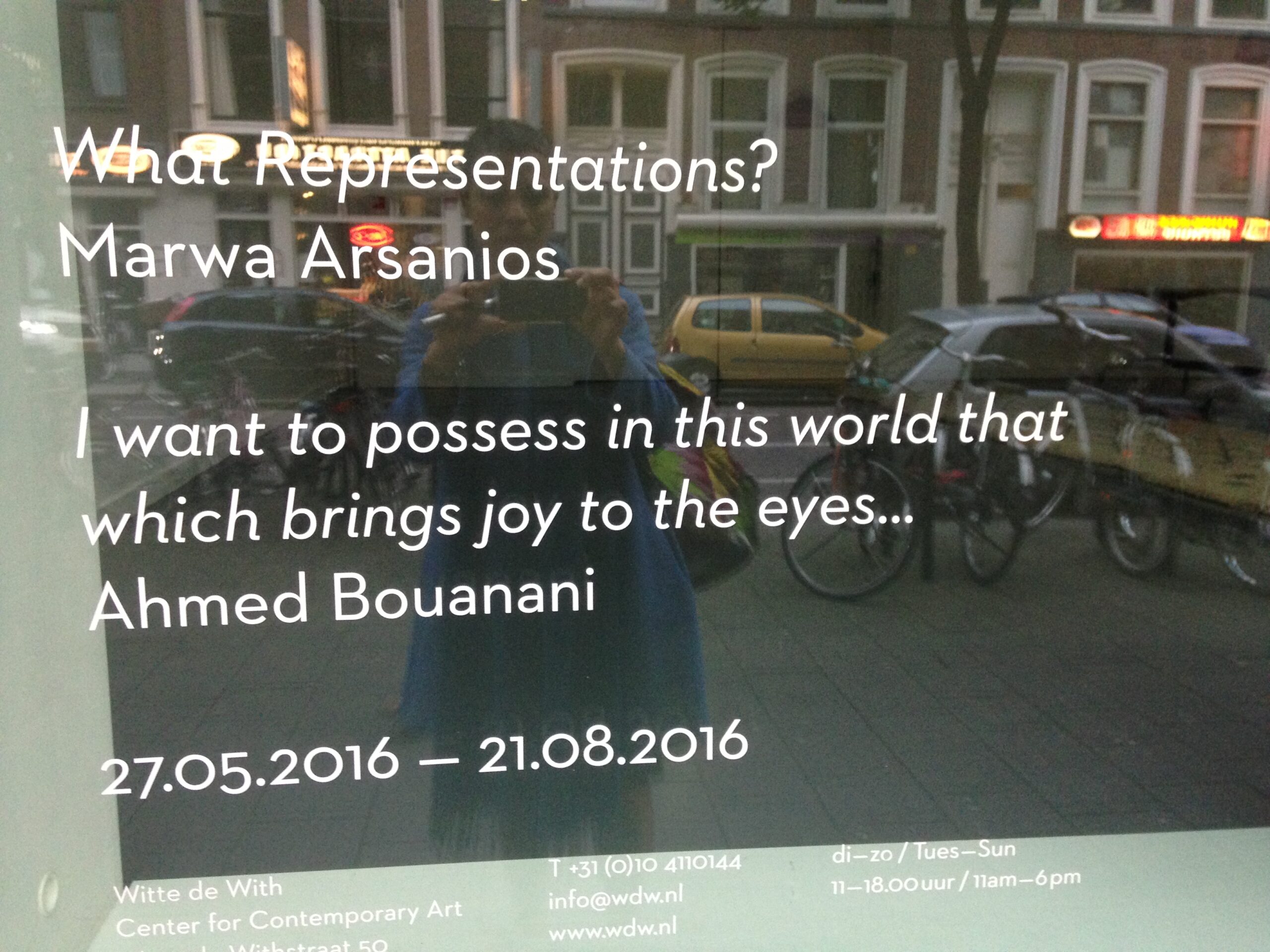
After the collective trauma of the colonial occupation of Morocco, a vanguard of artists forged cultural practices that sought to establish a new vision of the country, appealing to its ancient traditions passed down through oral culture. Filmmaker, poet, and writer Ahmed Bouanani (1938 – 2011) was a towering presence in this landscape, pioneering a cinematic and poetic language that influenced a generation to come.
Bounani’s daughter artist Touda Bouanani and curator Omar Berrada work together to stage presentations drawing from his extensive archive. Here, the platform Witte de With provides is used to enable the translation and subtitling of his short films into English for the first time, providing a stepping stone to the wider distribution of Bouanani’s work and an accompanying recognition of the value and power of avant-garde film making in Morocco and the Maghreb.
Operating between the censoring hand of the monarchy and its organs, and an absence of native filmic tradition, Bouanani was keenly aware of the vital need to use cinema to protect and revive the fragile memories that linked Morocco to its pre-colonial past. In this his training and talent as a film editor were key. The archive is an explicit presence in his films and poetry. Tarfaya was made whilst working at the Moroccan Cinema Center through the permissible format of the regional documentary; Mémoire 14 consists of re-cut films shot by the French during the conquest and so-called pacification of Morocco. Both explicitly make use of archival footage to address the ethnographic distancing typical to the colonial cinematic vision, and to strive towards a more nuanced self-image.
With sad irony his legacy itself is threatened with erasure by a house fire devastating a portion of his collection, and his withdrawal from the public sphere and subsequent neglect as a figure. This presentation acts against erasure, activating networks of distribution through translation, and presenting archival documents to paint a picture of his formidable lifelong output.
The presentation includes Halakat Nord-Africaines (2014) a video installation by Moroccan artist Ali Essafi based on research around the practice of three radical North African filmmakers, Azzedine Meddour, Ahmed Bennys, and Ahmed Bouanani, each active from the 1960’s onwards, whose films Essafi has restored and resurrected. Halaqat refers to the circle of people gathering around a storyteller in North Africa’s public squares. This traditional oral form inspired the region’s cinema at its origins, as well as other modern narrative genres, and intersects in their work with archival footage assembled to represent contemporary history and engender new cultural forms of post-colonization.
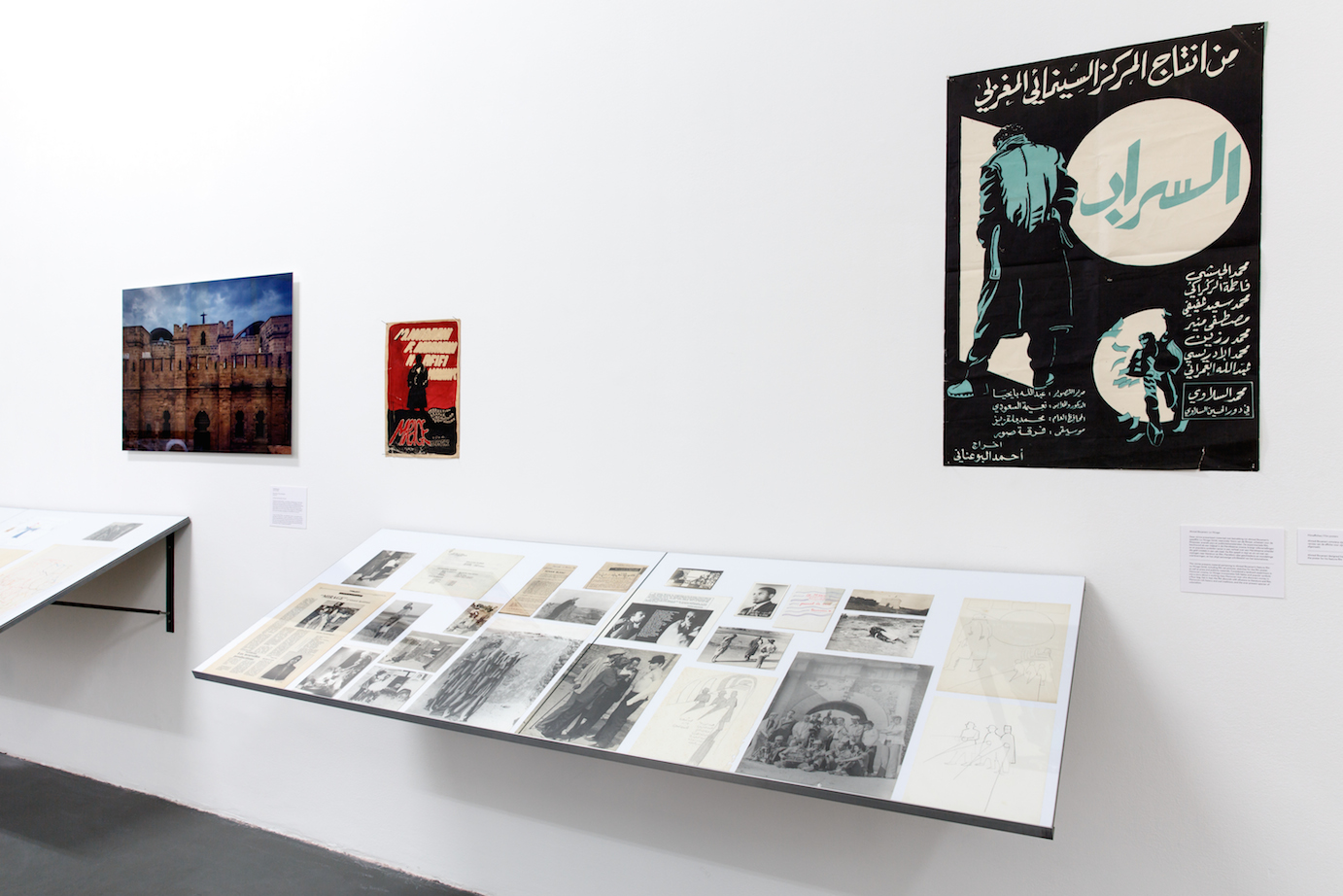
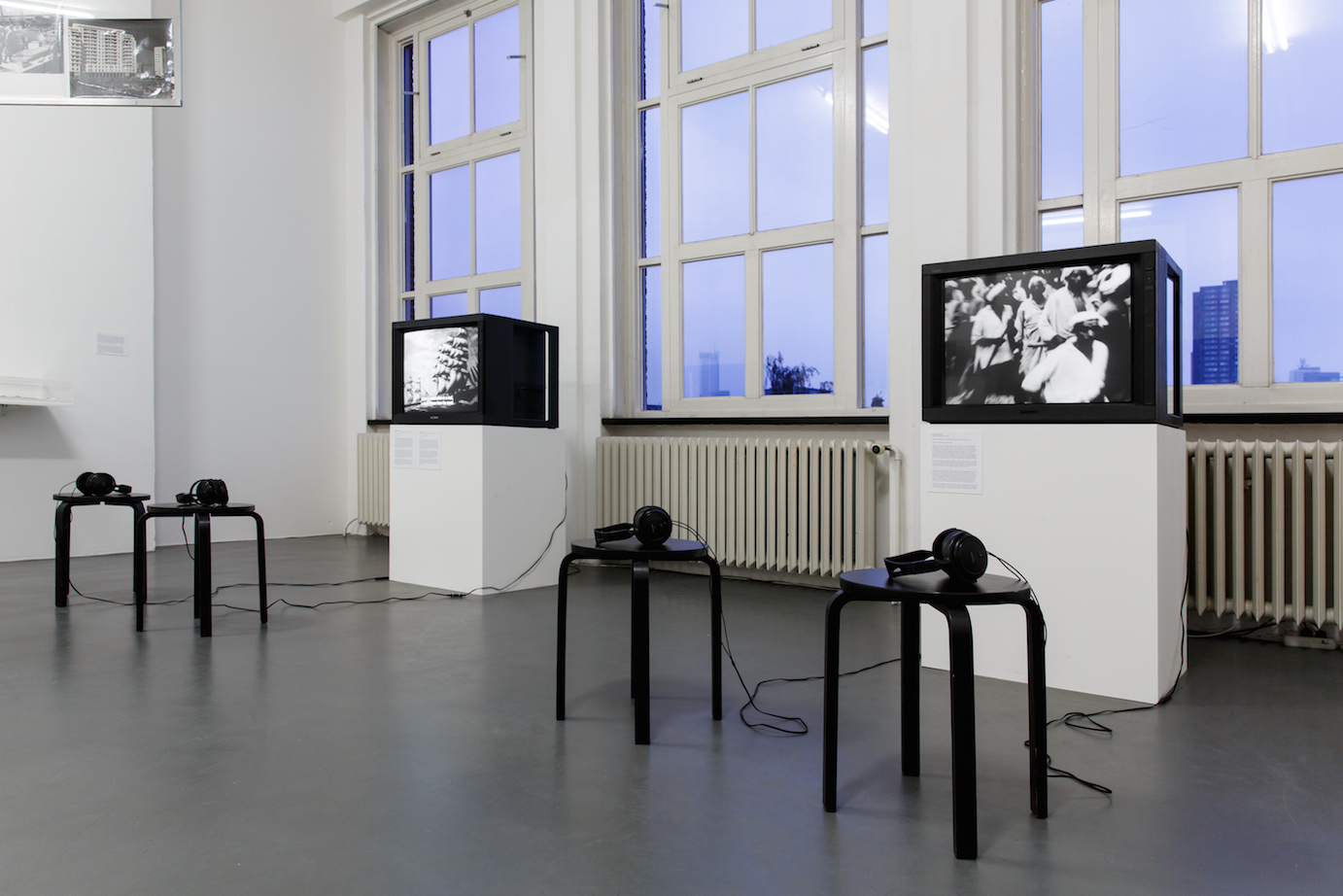

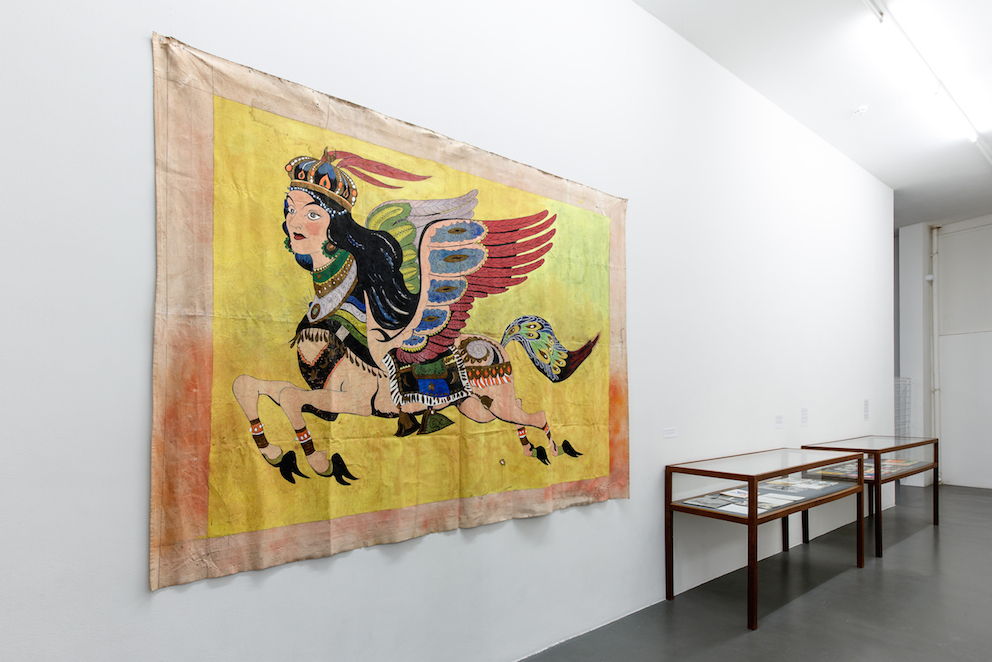
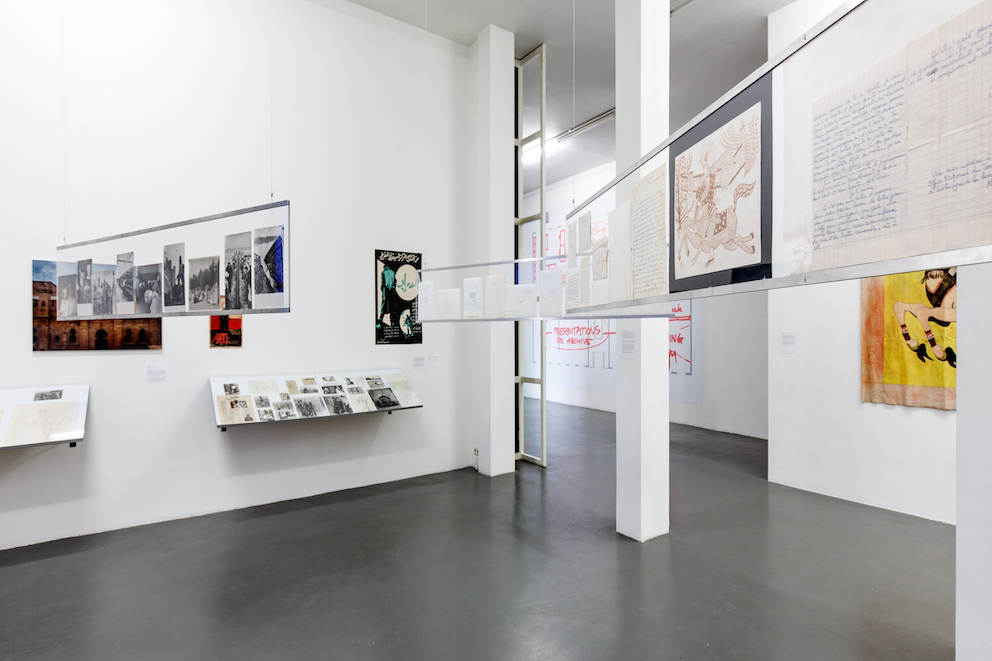
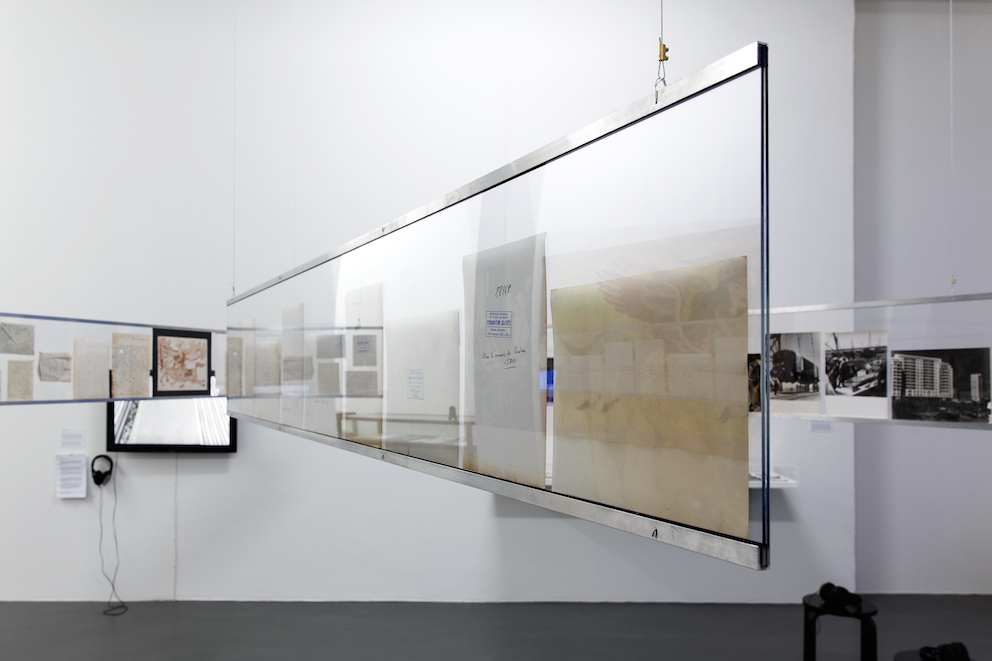
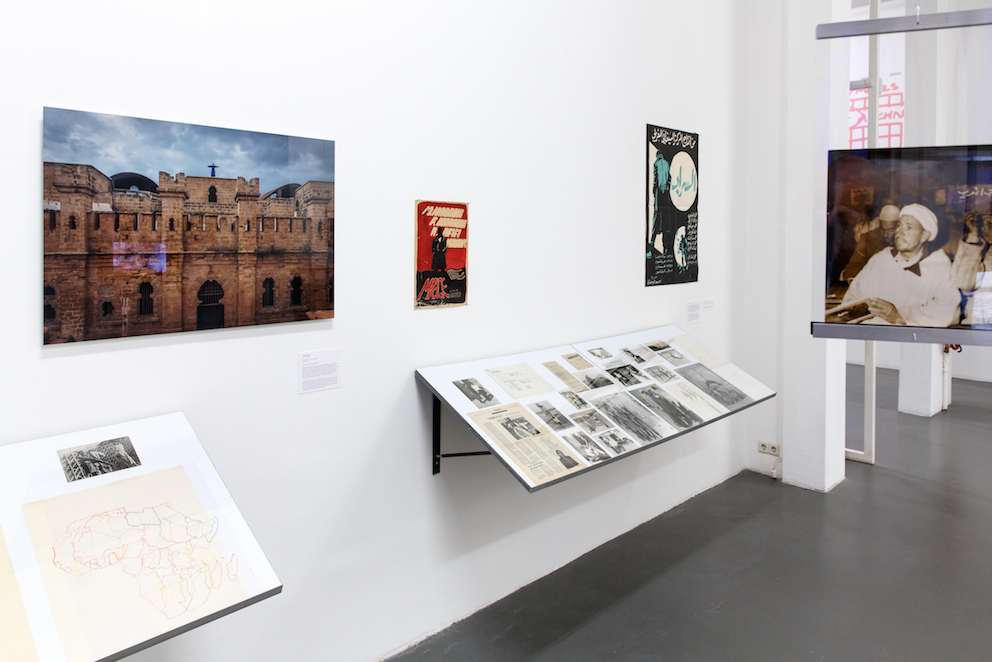
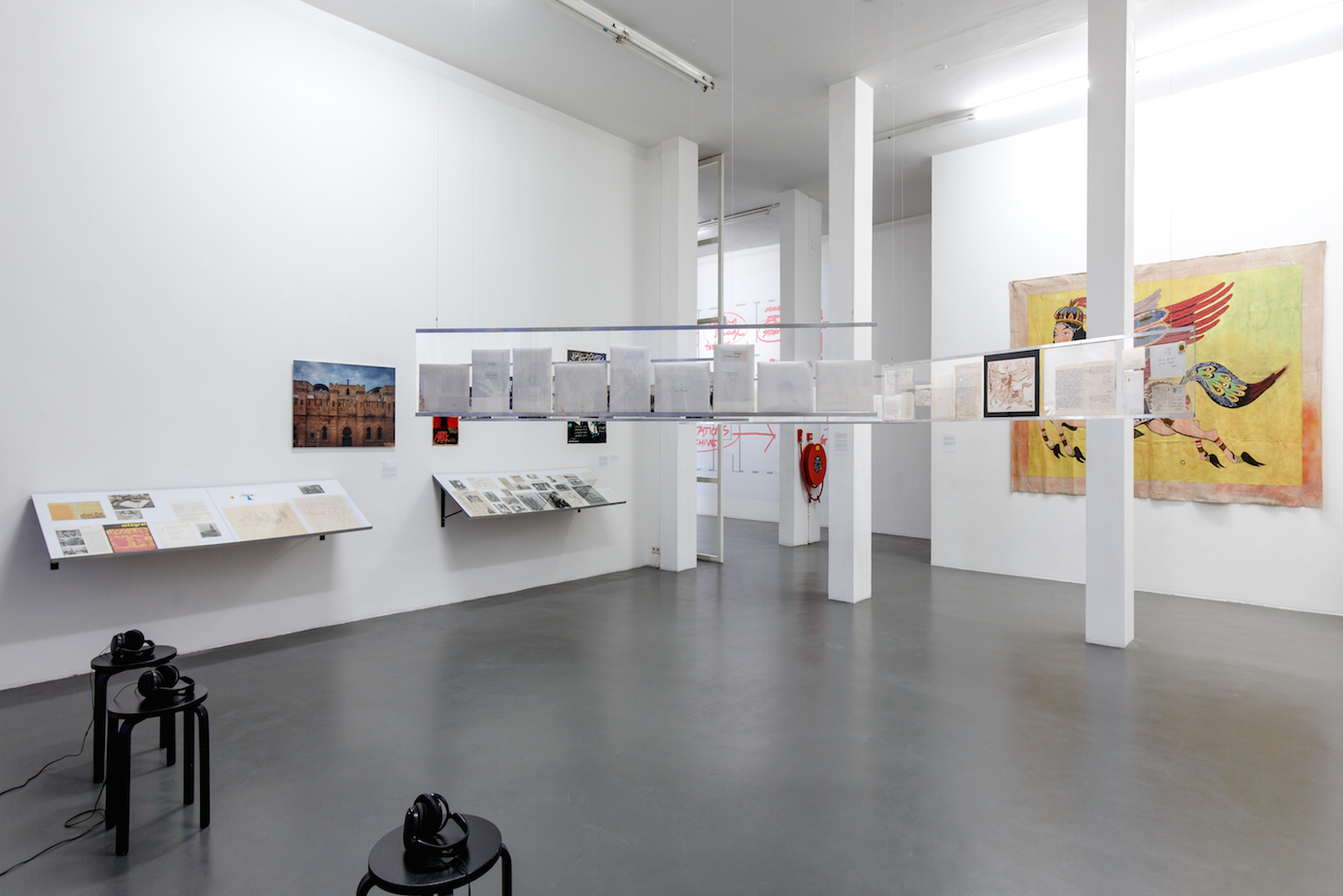
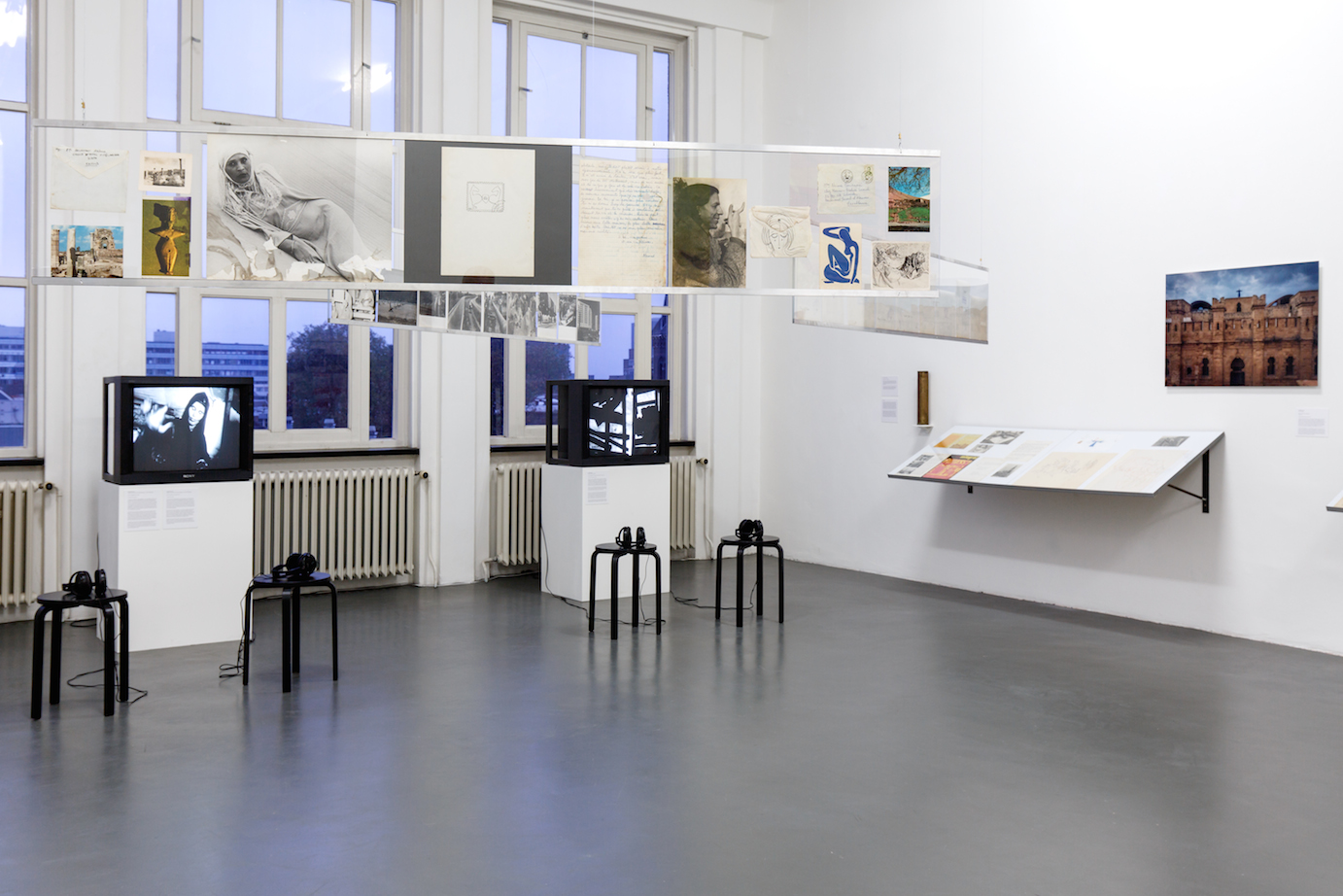
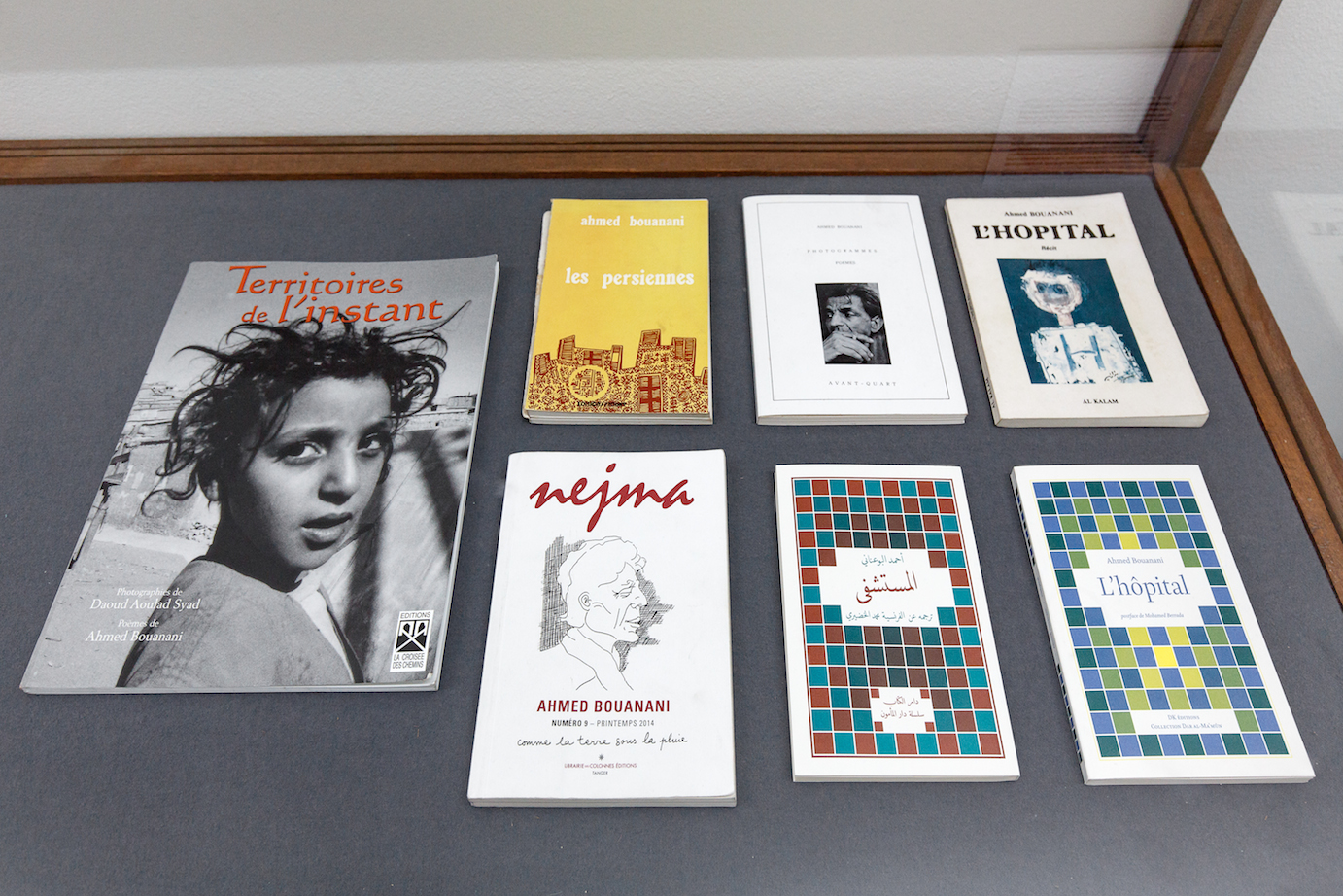
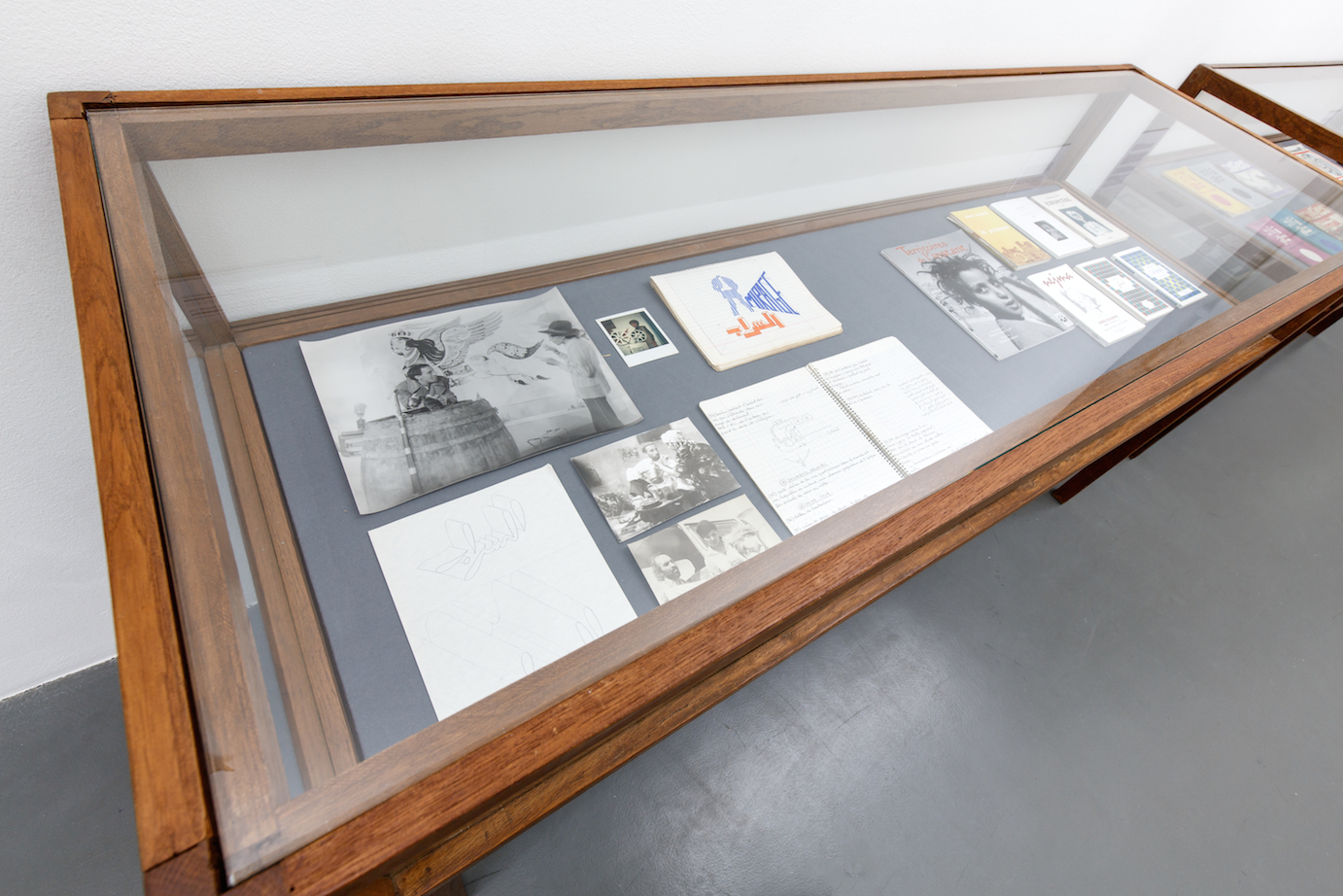
Exhibition content:
World War II shell, 1940s (found object)
This shell is what remains of an explosion that damaged the façade of Ahmed Bouanani’s childhood home in Casablanca. As mentioned in his book Les persiennes, “the house with the shutters will long remember the bomb that cracked its façade. / The bomb we later filled with plastic flowers.”
Touda Bouanani
The Fort, 2015
Color photograph
“I went to the Borj El Kebir –also called Borj al Jadid– by the Atlantic shore near Rabat. Its architecture is similar to a blockhaus. It was built by a German architect named Rottemburg at the end of the 19th Century. The Germans had given two canons as presents to Sultan Moulay Hassan. As he had nowhere to put them, they offered to build a fort. People say they also built Morocco’s first railroad in order to transport the materials.”
Touda Bouanani
Fragments de memoires, 2014
Video, 19 min
Since the death of her father – filmmaker, writer and artist Ahmed Bouanani (1938-2011) – Touda Bouanani has often introduced his work to audiences, via stories, film excerpts or slide presentations. This video came from those performances. Confronted with the family archives and the unpublished manuscripts that have taken over the apartment, she paints a portrait of her family and of her father’s oeuvre through his archives.
Ahmed Bouanani
Tarfaya, ou la marche d’un poète (Tarfaya, or A Poet’s Walk), 1966
35mm transferred on video, 20 min
In the years after Independence from France (1956), one of the aims of the national film center (Centre Cinématographique Marocain – CCM) was to foster a sense of national unity and identity by producing documentaries on the achievements of the young nation and its regions. These documentaries were commissioned to a group of young men who had joined the CCM upon returning from studying film in Europe. Ahmed Bouanani was one of them. In the absence of other funding, he would subvert those commissions, using them as opportunities to direct films that were closer to personal essays than to nationalist propaganda.
Commissioned to work on Tarfaya, a city in Morocco’s southern, desert region, Bouanani turns to a folk legend about a young man walking through the desert in a quest to find a legendary poet whose mentorship he seeks. In the course of his journey he encounters a variety of crafts and customs and other expressions of popular heritage. The film is a meditation on memory and history, on witnessing and the possibility of intergenerational transmission – all themes that would stay with Bouanani throughout his life.
“Legend is truer than history thanks to the amount of human information it provides. The fictions it contains are neither grotesque nor childish: they really express the true secret aspirations of a people, their spiritual quest for a world of wonder where human values triumph and where the laws they hate are abolished.” (A. B.)
Ahmed Bouanani
Mémoire 14 (Memory 14), 1971
35mm transferred on video, 24 min
Mémoire 14 is a “montage film” made using archive footage: sequences shot by the French to document the process of their conquest of Morocco, and to justify their “civilizing mission” project. Ahmed Bouanani, who was trained as a film editor, appropriates and re-edits the colonizers’ images, which are the only available images, into a critical re-telling of early 20th Century Moroccan history.
In reality, Mémoire 14 was a 108-minute long feature film. But it was heavily censored. What you are watching are the 24 minutes that remain.
“Memory 14 was initially a poem that I wrote in 1967, some fragments of which are actually used in the film. I use anachronous memories, memories rich with myths to recompose the ‘reality’ of my characters and the world they live in.” (A. B.)
Suspended panels
Ahmed Bouanani had a keen interest in Moroccan history and was dissatisfied with the way it had previously been written. He made several attempts, both in writing and filmmaking, at achieving a mode of “history-telling” that would be true to the lived experience of ordinary Moroccans. To this end he accumulated documentation throughout his life, including a large number of photographs taken from public and private archives. Over three suspended panels we present a selection from the ones he used as reference material in the making of Mémoire 14.
The fourth panel presents a selection from the correspondence of Ahmed Bouanani with his wife Naima Saoudi (1947-2012), who was his partner in life as well as in work, being a prominent decorator and costume designer in her own right.
This vitrine presents material pertaining to Ahmed Bouanani’s feature film Mirage (1979), including filmset pictures and excerpts from the screenplay, as well as press and publicity materials.
Bouanani’s published books
On top of being a filmmaker, Ahmed Bouanani was a writer in many genres: poetry, fiction, nonfiction, theatre… He wrote an impressive number of books, but most of them are unpublished to this day. Only four books came out in his lifetime: Les persiennes (1980), Photogrammes (1989), L’hôpital (1990), Territoires de l’instant (with photographs by Daoud Aoulad Syed, 2000).
Souffles
Souffles (later Souffles/Anfas) was a landmark North African journal of the post-Independence years. Started in 1966 and led by poet Abdellatif Laabi, it federated a growing group of writers and artists around the notion of cultural decolonization. It also published a series of poetry chapbooks under the imprint Atlantes. Ahmed Bouanani was an early contributor to the magazine, and published essays and poems in issues 2 through 6. Souffles was banned in 1972.
Intégral
Starting 1969, Souffles became much more engaged in practical politics. This provoked a schism in the editorial collective, and a few of the original members withdrew. Poet Mostafa Nissaboury and painter Mohamed Melehi created the journal Intégral in 1971.
Tarfaya vitrine
Tarfaya (1966) is ostensibly the story of a young man walking through the desert in search of an imagined mentor, a legendary poet. In the 1970s, Ahmed Bouanani became highly interested in Sidi Abderrahman al-Majdoub, a legendary vagrant 16th Century North African oral poet known for his short, irreverent, self-deprecating rhymes. In 1976-77, Bouanani attempted a French translation of al-Majdoub’s poems, which remained in manuscript form. We present a cover he made for the manuscript, along with photographic documentation of the region in which Tarafaya was filmed, as well as of the film shoot itself.
Ahmed Bouanani: Mirage
This vitrine presents material pertaining to Ahmed Bouanani’s feature film Mirage (1979), including film set pictures, sketches for the film poster, as well as press and publicity materials. Considered a landmark experiment in Moroccan cinema, Mirage incorporates folk fables and popular symbols into a story about a working class Moroccan man who discovers money in a flour bag. Set in 1947, the film abounds with allusions to literature and film, Morocco’s rich history and oral traditions, and the ever-present specter of colonialism.
Film posters
Ahmed Bouanani designed his own film posters. We present two versions of the poster for his feature film Mirage, one of them left unfinished.
Al-Buraq
Painting on canvas, 285 x 208 cm
Al-Buraq is the mythological creature that transported prophet Muhammad on his night journey from Mecca to Jerusalem at lightning speed (buraq in Arabic means lightning). In Morocan popular visual culture it is usually represented as a winged horse with a female human face. Al-buraq is very present in Ahmed Bouanani’s work and imagination. This is a canvas designed and hand-painted by Naima Saoudi Bouanani, Bouanani’s wife, to serve as a backdrop on the set of his feature film Le Mirage.
(In vitrine next to al-Buraq)
Excerpts from the screenplay of Ahmed Bouanani’s feature film Mirage, and pictures taken on the film set with al-Buraq as backdrop.
Maghreb Art
In the early 1960s, upon returning home from two years studying filmmaking in Paris, Ahmed Bouanani traveled extensively around Morocco, documenting the arts and crafts and ceremonies and oral poetry of a fast disappearing rural world. Traditional vernacular culture provided his writing and filmmaking with a reservoir of forms he deemed no less relevant than the European experimentation he was in dialogue with.
Around the same time, Farid Belkahia, who was engaged in a similar kind of research for his visual practice, was appointed director of the Casablanca School of Fine Arts. He introduced vernacular crafts and materials into the curriculum and in 1965 sponsored a new journal, Maghreb Art, run by artist Mohamed Melehi and whose main contributors included Toni Maraini and Bert Flint.
Mémoire 14 vitrine
Ahmed Bouanani’s archive is really his family’s archive, involving his wife Naima, his daughters Touda and Batoul, as well as Touda’s young daughter Ito. Alongside material pertaining to Bouanani’s film Mémoire 14, this vitrine contains drawings by Touda Bouanani, showing stages of colonial border-making in Africa, and introducing time-keeping and the specter of French Resident general Lyautey into the popular image of Sidna Ali slaying the monster, which appears in the opening credits of Mémoire 14. It also presents a drawing by Ito, echoing Touda standing on the fort in the photograph above.
Cinéma 3
Cinéma 3 was a “critical journal of the third world’s film culture”. It was started by Nordine Saïl, then president of the Moroccan federation of film clubs, and later to become director of the national film center. The journal only ran for four issues.

